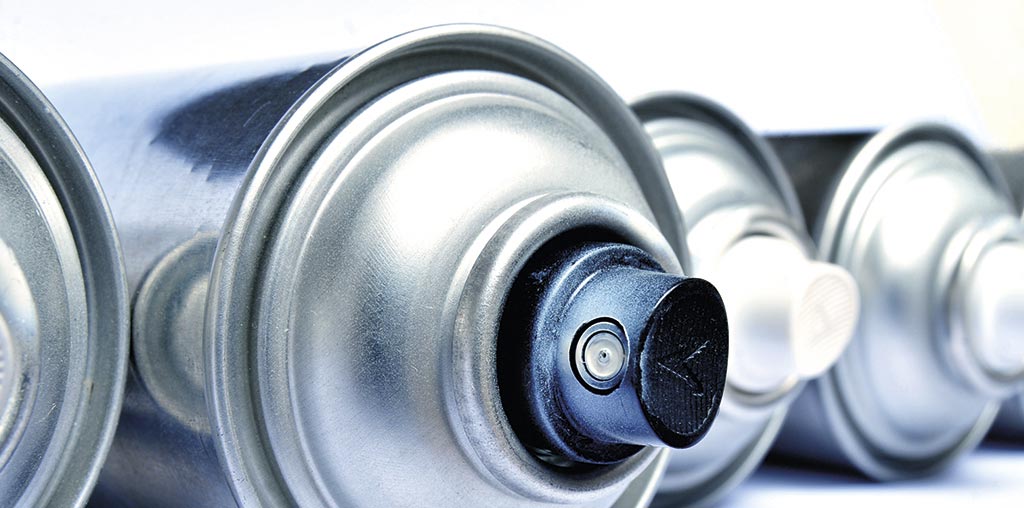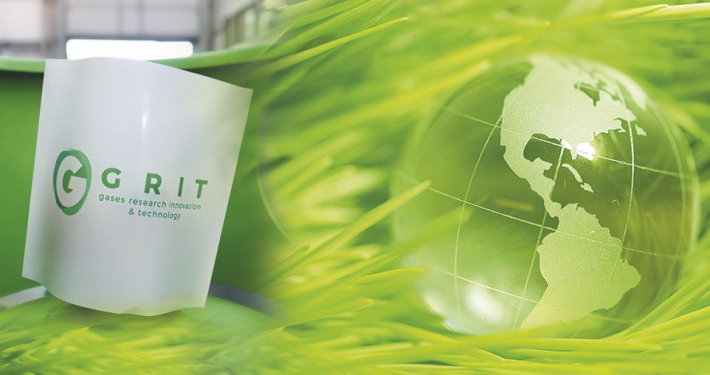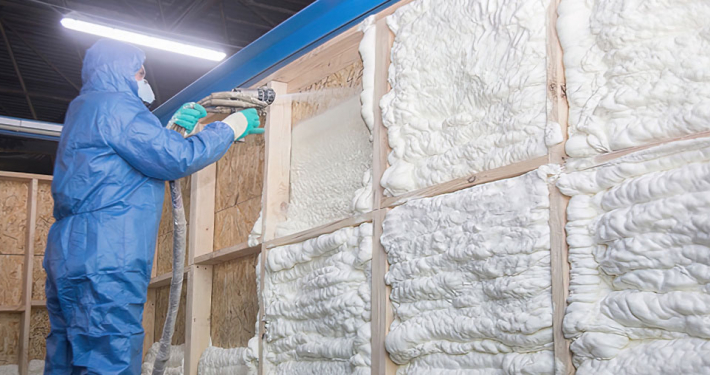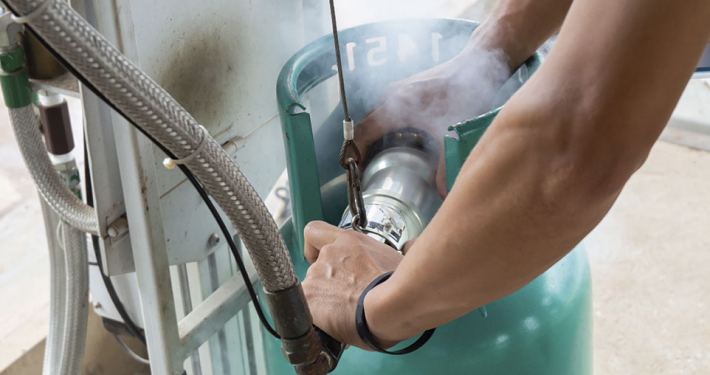The aerosol industry and its new sustainable measures
The aerosol sector in Spain works tirelessly to minimize its impact on the environment as much as possible. What are the obstacles and challenges of this industry that generates so many jobs in Spain? These are all the keys:
The fundamental obstacle is the great ignorance of the consumer
The biggest obstacle that the aerosol industry faces to truly contribute to the protection of the environment is really in the hands of the great consumer. And the figures speak for themselves: several studies carried out recently in this country agree that nearly 30% of consumers do not know in which container to deposit this kind of popular container.
If you are reading this and you are also part of that percentage, you can now go to the other side: the already used aerosols must be thrown into the yellow container. Nothing else is necessary, you simply have to throw them in this bin so that they are correctly processed in the selective collection of domestic waste.
Therefore, it can be said that it is only a problem of communication and information to the citizen. Although this situation of misinformation is the direct responsibility of the different public administrations, several associations in the aerosol sector, such as AEDA, the national aerosol association in our country and others at the regional level, are already working together with the government of the nation for the creation and development of powerful awareness campaigns about its recycling.
The most important challenges of the aerosol sector in Spain
The future of the sector, which always focuses on the needs and requests of the client, is to make aerosols a much more sustainable product. In practice, this translates into different objectives that are already underway. Some are these:
– Towards eco-design. From Spain and the European Union, the Circular Economy is beginning to be looked at as a socioeconomic model, so the already sustainable aerosol sector must continue researching to make the container evolve and become an optimal eco-product for the cycle to flow from the beginning: recovery and reuse, as well as responsible consumption.
– Reduced impact on the environment. The carbon footprint and the water used in its production are two elements that must be considered when designing the life cycle of any container today. The aerosol sector is not going to be left behind, which is why many companies are already modifying their production models so that they emit less greenhouse gases.
The sustainability guide of the European Aerosol Federation
As is still the case in everything that has to do with the protection of our planet and global warming, some of these premises are already mandatory, but most are still recommendations, so it will ultimately depend on each production aerosols company to implement sustainability in their processes or not. In any case, on paper there has already been progress in the matter thanks to the action of the FEA, the European Aerosol Federation, since it has recently published a specific guide so that the industry knows how to identify the elements of interest that must be taken into consideration to perform a good life cycle analysis of an LCA, i.e., an aerosol product.
If we focus on the network of aerosol production and distribution companies, GRIT stands out for being among the most sustainable group of companies in the sector. Its R&D department and controlled industrial processes are a proof of this. If your brand is also based on principles of sustainability and circular economy, this recommended company will be your best partner.
■ Communication Team















